New York
This is a good time to be in Manhattan, the weather’s perfect, the park and foliage still green, and daylight savings time keeps the days long. New York used to be able to build these beautiful cities within a city, like the Rockefeller Center, but that’s all in the past. The developers have got to the politicians and now have free rein. The city had an opportunity after 9/11 to make a 21st century Rockefeller Center downtown, but a shark by the name of Silverstein preferred profit to architectural achievement, as did another horror, Aby Rosen, who is busy turning uptown ugly.
I’ve been walking up and down what’s known as the museum mile all week, as the doctor treating my legs is located up that narrow slice of upper Manhattan fronting Central Park. These are well scrubbed blocks, beautiful and pricey, and all built before my time, thank God. As one moves further north, or uptown, side streets nearby contain worn, grubby apartments, laced with fire escapes and long absent but ubiquitous gangs hanging around. The city once again feels unwelcoming the moment one crosses the DMZ around 105th street.
Most of the people one sees around the Upper West and East Side are tourists, visitors who want to see where John Lennon got shot rather than where the Vanderbilt or Astor houses are located. In the past, novelists of the city have always portrayed the place as a battleground between social climbers and the entrenched, ignoring the poor European immigrants waging bloody turf wars. Henry James and Edith Wharton wrote narratives of class, not place. This was at the turn of the 19th century and beyond. Then came the great F. Scott Fitzgerald, but the city didn’t keep him for long. He saw more glamour and mystery on the Riviera, and it proved his downfall. I grew up on John O’Hara’s potboilers about upper class preppies and then went on to Louis Auchincloss and his Manhattan stories about bankers and lawyers. Two friends of mine, Tom Wolfe and Jay Mc Inerney, have written at length about the city, Tom being among the first to touch upon race relations, or lack of them, in a major novel.
New York was a more complex city to write about for a novelist because of the country being as big as it is. There is one London and one Paris where people gravitated and where their clubs and major businesses were located. Not in the good old US of A. There was a Boston and a Philadelphia with societies to match, and far outclassed anything New York had to offer, and also places such as Chicago and St Louis and San Francisco, whose seats of power and grande dames looked down upon an ex butcher’s fortune like the Astor one. And of course one can never write about a provincial place like Washington, although Gore Vidal did place a novel in the capital, as I discovered to my great displeasure.
When I founded the American Conservative with Pat Buchanan and Scott McConnell, the latter insisted that the nation’s capital had to be our headquarters. He believed it would be cheaper to publish from DC than New York, and as I was funding the whole operation I agreed. The fact that women outnumber men by ten to one didn’t exactly deter me. As they used to say, I shoulda stood in bed. Never have I seen a deader town full of lobbyists and homely women and one that mercifully shuts down around 7 in the evening. There’s more action in rainy Thebes late in November than in Washington in June.
There’s a good line in Dos Passos’s Manhattan Transfer when a real hayseed gets off a ferry docking in the city and asks where Broadway is. ‘If you walk far enough east you’ll find the center of things.’ Broadway nowadays is depressing, no longer the centre of anything but a place choked with cinematic ads and ghastly mobs of hairy, greasy, rag wearing prols who resemble a scene from Dante’s Inferno.
The ethnic enclaves that slowly developed these last 125 years signalled the end of the white, Anglo and Protestant elite. At present minorities make up the majority in the city, with African Americans, Hispanics, Asians and African immigrants being the largest groups and those catered to by politicians. The success of Jewish financiers in Wall St is famous. They are the main players in the real estate markets, with middle class whites bringing up the rear, many of them having long since moved to the suburbs.
These demographics have not slowed the media from constantly siding with opportunistic politicians who rail against white police brutality, a brutality, incidentally, that is not only non existent but a total figment of race hustlers and other such conmen who expertly take advantage of the system. And what these hustlers forget is that the New York police force now resembles the city’s racial mix — the tall, white, blond Irish captain being a thing of the past. This implicit bias myth, or unconscious racism on the part of whites, is bound to have terrible consequences. For us whites, that is. There is a movement that is gaining ground of legitimising crime and using junk science slogans and the media to spread its poison. I will tell you all about it next week while I’m on my way to London for a debate.
Got something to add? Join the discussion and comment below.
Get 10 issues for just $10
Subscribe to The Spectator Australia today for the next 10 magazine issues, plus full online access, for just $10.


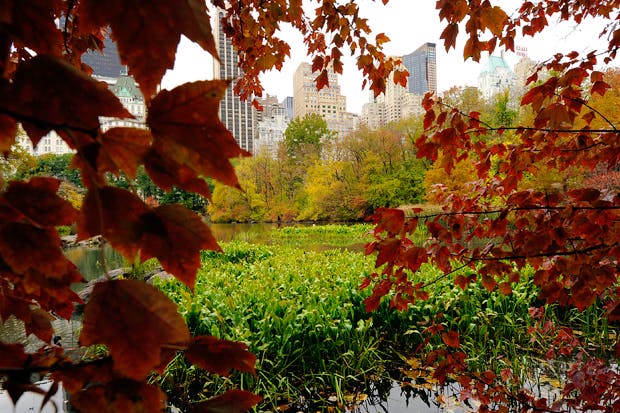
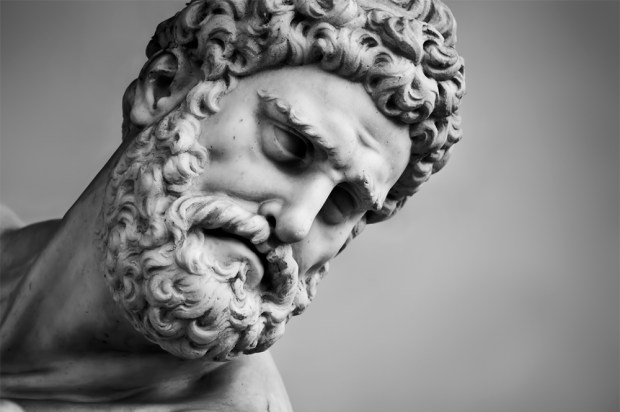
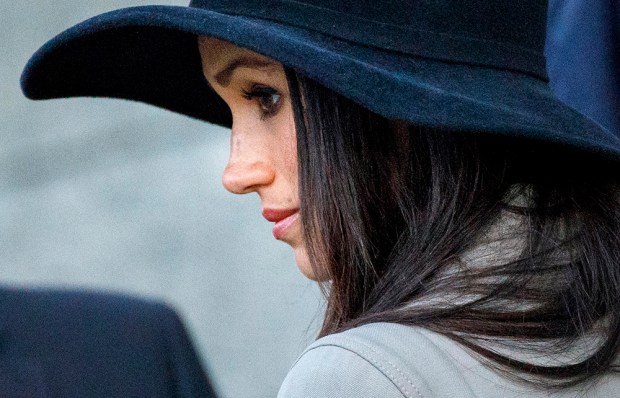
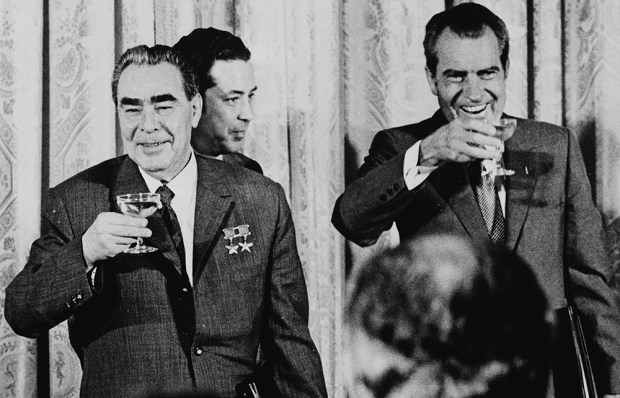
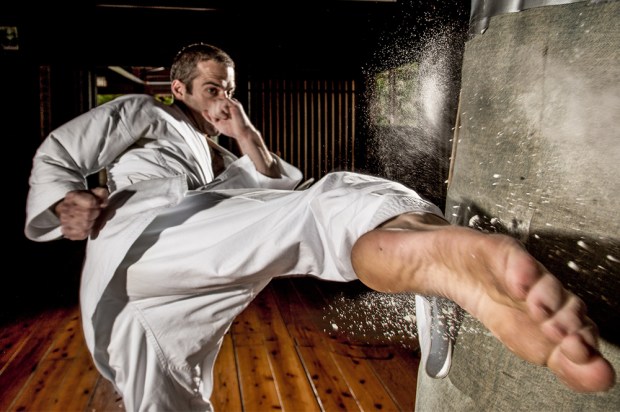
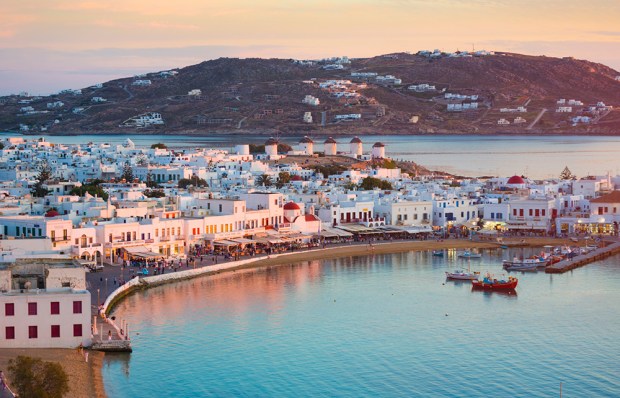







Comments
Don't miss out
Join the conversation with other Spectator Australia readers. Subscribe to leave a comment.
SUBSCRIBEAlready a subscriber? Log in